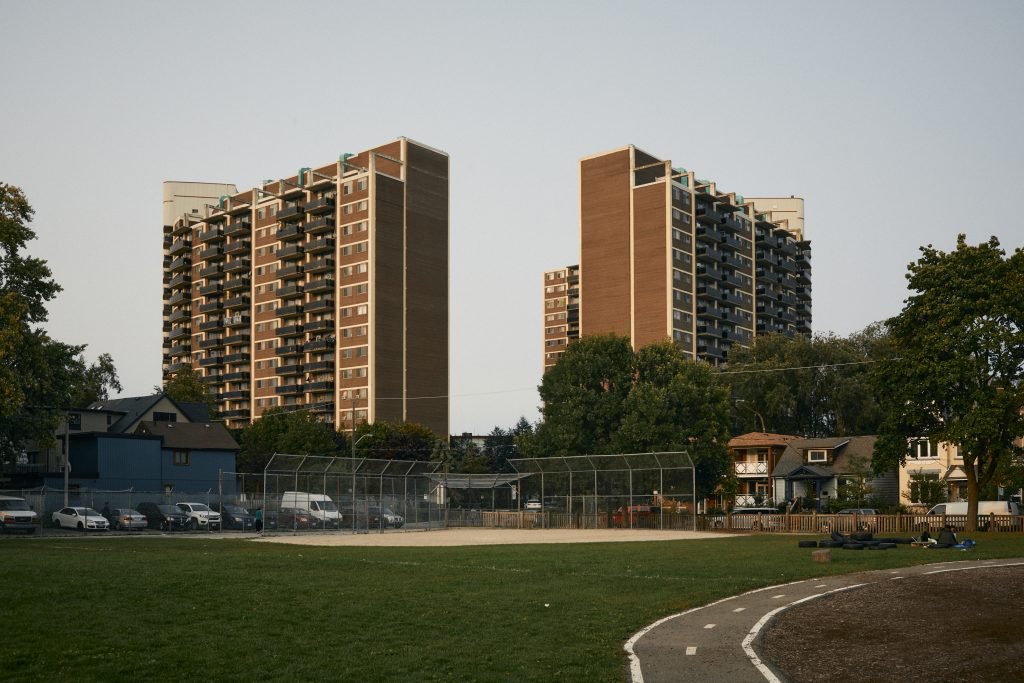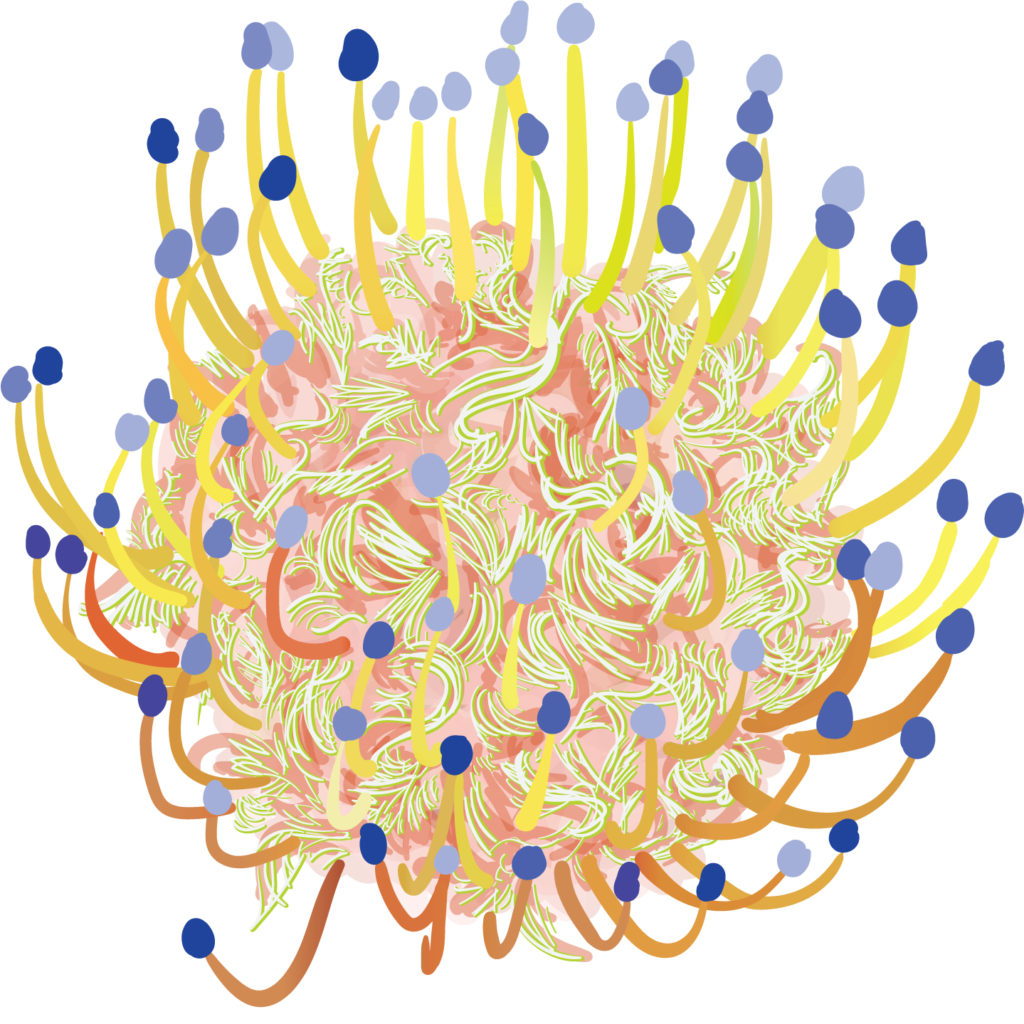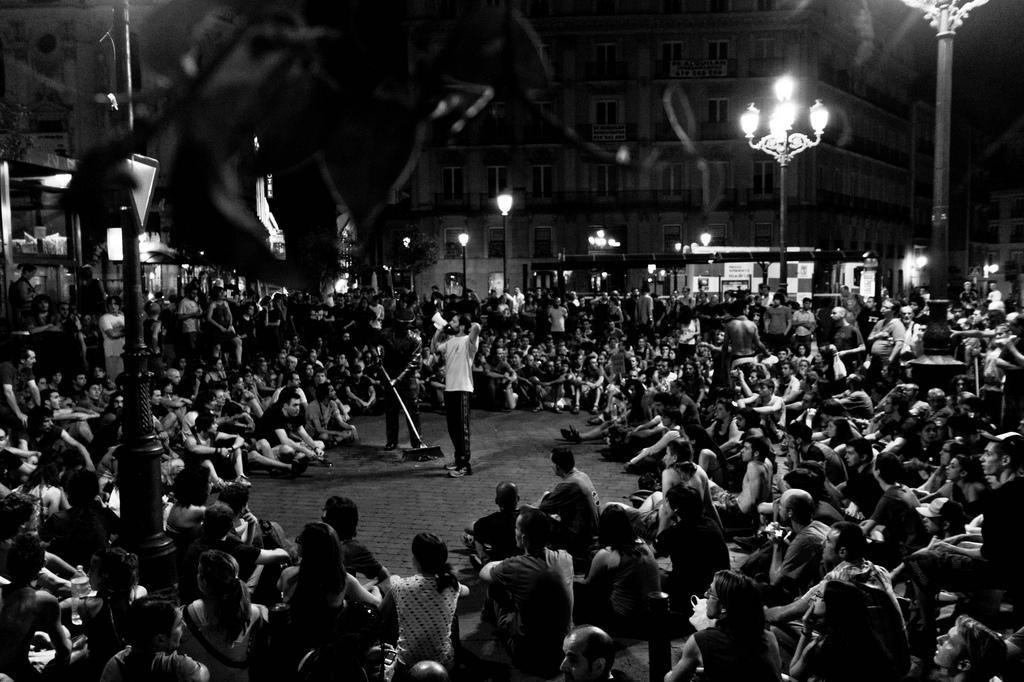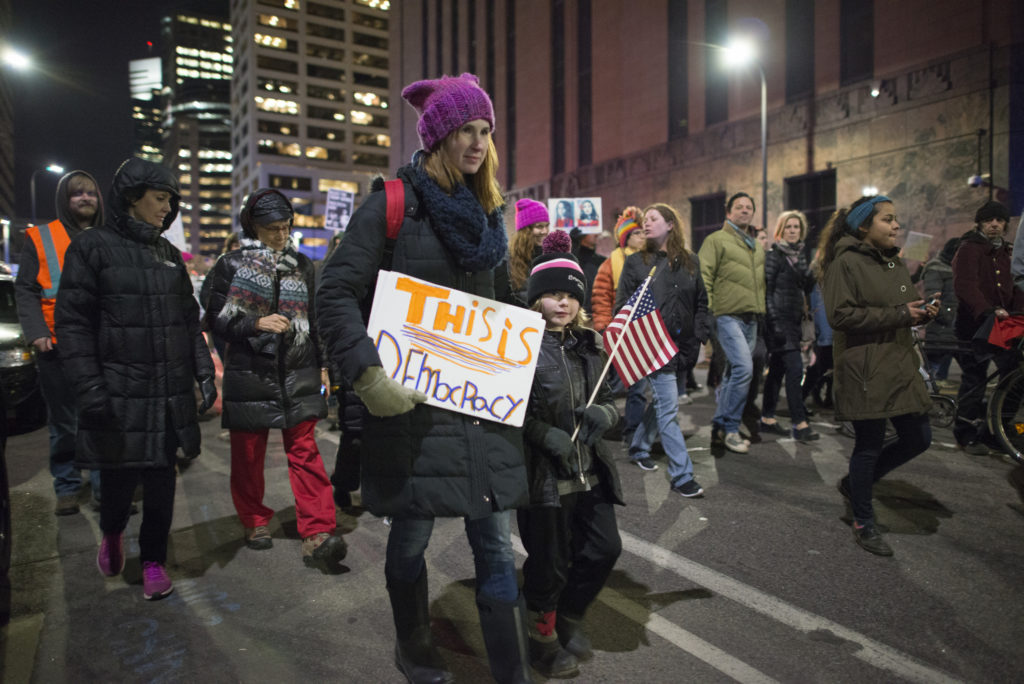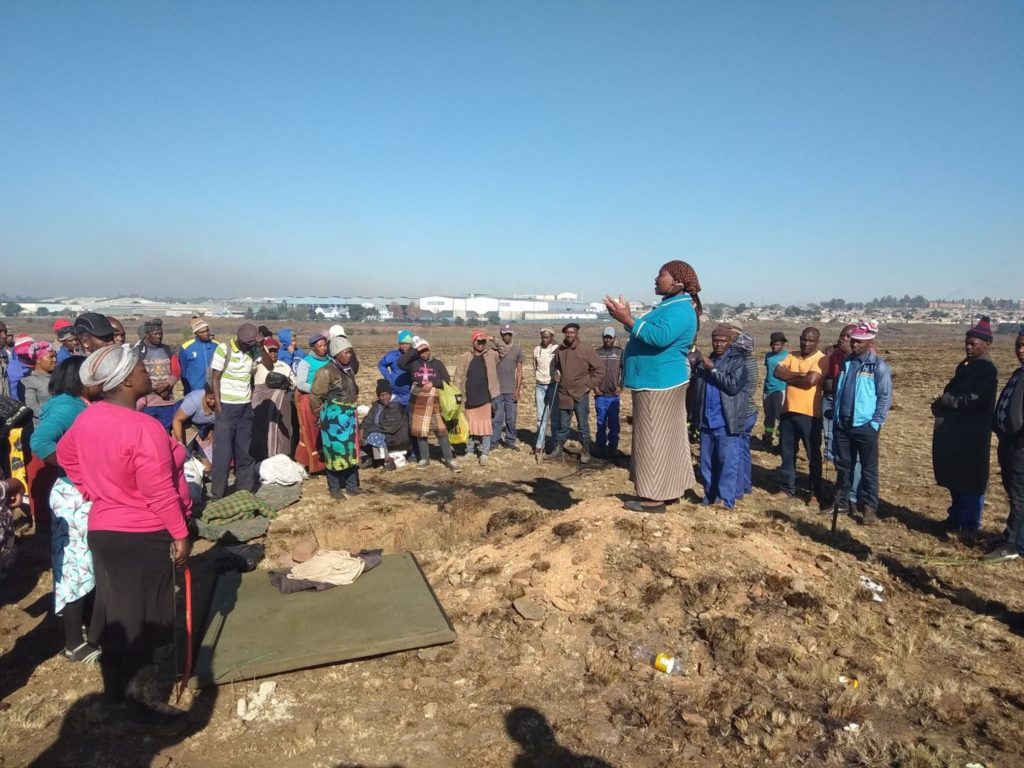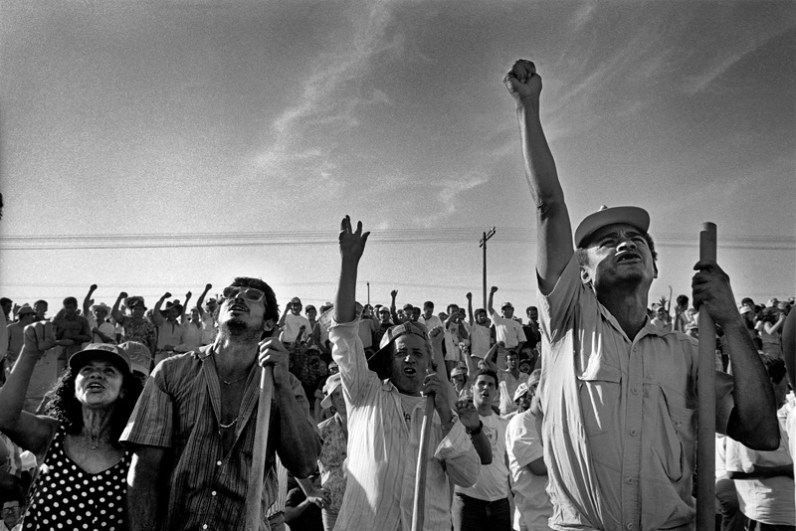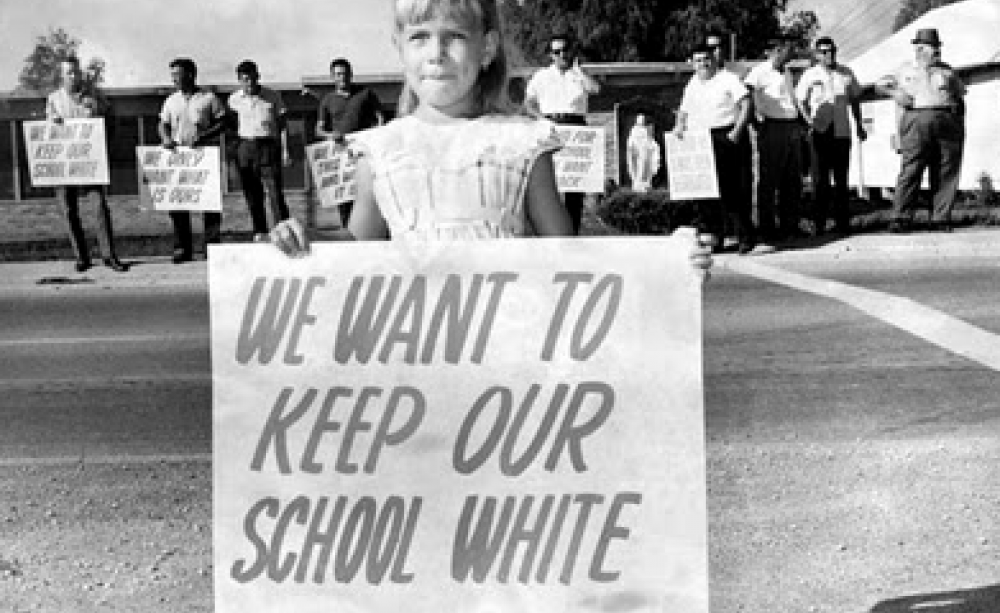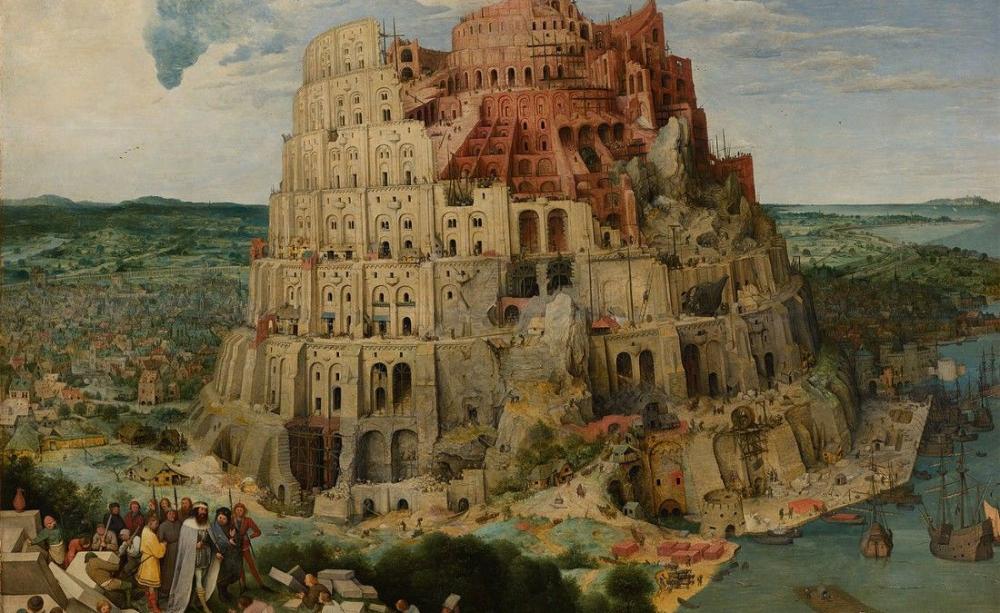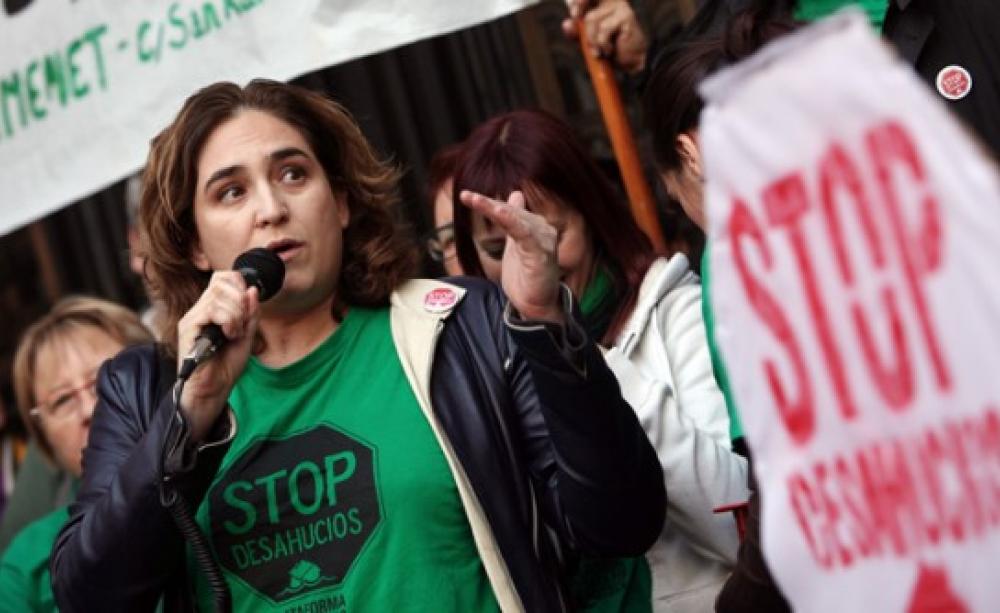
(1) The streets are the life-blood of the city—common areas used by all citizens.
(2) The history of industrial capitalism is also the history of enclosure and privatization of the commons. In 19th century England, common lands used by peasants and farmers for livestock to graze were enclosed for the benefit of a growing bourgeoisie, while those who lost access to the commons were forced to flock to the city to find employment in factories—the process of proletarianization. Similarly, streets that were once common spaces for use by the citizens of the city have become enclosed spaces reserved for a specific type of commodity: the automobile.
(3) Citizens1 of the city have been relegated to the well-defined spatial and temporal peripheries of the streets: the sidewalk, crosswalk, pedestrian overpass, the occasional street festival. In the Philippines, our sidewalks are even further subdivided by the abortive policy of pink or orange lines on some sidewalks—such as those on Epifanio de los Santos Avenue in Metro Manila—which denote where street vendors are allowed to set up.
(4) The vast majority of the street is reserved for the automobile commodity and its resulting car traffic. Thus, the life-blood of the city becomes the near-exclusive domain of the automobile commodity. To step outside these peripheries is to be subjected to the violence of the state through being punished for jaywalking, or the violence of the automobile commodity that kills millions across the globe. After all, automobiles kill 1.3 million people a year.
Jaywalking as invented
(5) To deviate from our defined spaces on the street is to become a “jaywalker.” “Jaywalking” was an invention by automobile capitalists to shift blame on accidents from cars and drivers to pedestrians. After all, the jaywalker shouldn’t have been on the road if they didn’t want to be run over!
(6) The creation of “jaywalking” then becomes part-and-parcel of the enclosure of the street reserved for automobile use.
(7) That is to say: to create a jaywalker, one must create jaywalking. Ursula Le Guin says it best: “‘To make a thief, make an owner; to create crime, create laws.’”—from The Dispossessed. (Le Guin, 1974).
(8) Thus, the enclosure of the streets needs no physical barriers (though these may still be used). The enclosure is ideological—its manifestation is the invention of jaywalking. This criminalization of jaywalkers is in turn enshrined through ordinances and enforced by the police.
(9) Yet the police are not actually necessary to enforce this enclosure. Michel Foucault’s reading of the panopticon reminds us that we do not have to be watched at all times to ensure that we police our own behavior. The very regime of enclosure, its ordinances, and its police has accustomed us to obey its delimitations, even if we are not actively policed. That, and of course, the very threat of death by automobile.
(10) Yet the invention of jaywalking itself is part of a larger logic of organizing our cities according to the logic of automobiles—an automobile urbanism (if it may be called that).
Automobile urbanism
(11) Automobile urbanism subordinates humans to the rule of capital and to the rule of a specific commodity—the automobile.
(12) Automobile urbanism is not just the enclosure of streets; automobile urbanism has ordered our cities around and for the automobile: parking lots, gas stations, widened roads and highways, bridges, underpasses, overpasses, and bypasses. An entire ecology is made for the automobile commodity wherein humanity are mere pedestrians. In a joke from the Hitchhiker’s Guide to the Galaxy, an alien wrongly assumes the dominant species of Earth is the automobile.
(13) Urban citizens are subordinated to this automobile urbanism and the neoliberalization of urban spaces. The urban citizen—particularly the working class—is out of sight and out of mind to the automobile urbanite.
(14) Automobile urbanism has gentrified and sequestered spaces that divide the city between those with automobiles and those without. In English, to gentrify is to reserve for the gentry class, but its French translation is perhaps more accurate for the scenario at hand: embourgeoisement, or to make bourgeois. After all, bourgeois referred originally to walled-off towns, set apart from the rest.
(15) Thus, the entire world is ordered under the bourgeois logic of the automobile commodity. To the automobile: the wide lanes. To the urban citizen: the spatial and temporal peripheries of the street: the sidewalk, crosswalk, pedestrian overpass, occasional street festivals, closed to cars on weekends. The urban citizen is thus demoted to a pedestrian.
(16) The enclosure of the streets from foot traffic is also an act of class warfare—dispossessing urban citizens of public spaces and the paving of homes for wider boulevards.
(17) This is literally true for Baron Georges-Eugène Haussmann’s Paris (1850s), Robert Moses’ New York (1960s), (Harvey, 2008) and Metro Manila today. As David Harvey explains, Haussmann decimated the neighborhoods of Paris to build wide boulevards to make it easier to crush proletarian rebellions in the wake of the 1848 Revolutions. Similarly, Moses decimated the neighborhoods of New York for a new grand plan for the endless growth of capitalism. In Metro Manila, urban poor associations such as Kadamay or Save San Roque fight tooth and nail in resisting relocations against large developers that want to build more and more malls and high-rises. As an added bonus, the destruction of urban poor communities is a proven method of repression, as Harvey and Henri Lefebvre noted.
(18) Are streets made wider to accommodate more people or to accommodate more automobiles? It is well-noted that wider streets incentivize drivers to speed and drive faster, making our streets more dangerous and more hostile to citizens.
(19) Our streets have become dangerous for citizens. Commuting citizens risk life and limb to get to work and back. The road is a hostile place wherein the commodity of the car is king.
(20) Consider the cinematic trope of a car driving into a ball bouncing into the street, followed by a child dying from automobile impact: We have canonized the hostility of our streets in our imagination. This hostility is only a small part of the larger hostile world of capital that make up our environs. The hostility of the automobile is largely passive as well—who is it that has agency in the killing? The driver or the automobile?
(21) However, automobile urbanism was not inevitable. In the United States in particular, it was a product of a Keynesian growth-for-the-sake-of-growth economic ideology and cynical Fordist wage hikes to generate demand for automobiles. Automobile companies had to systematically destroy tram systems and force the phasing out of other transportation for urban citizens to adopt automobiles. After all, Henry Ford supposedly said “cars don’t buy cars.”
(22) In this sense, automobiles are spectacular needs, or needs that are illusionary. For if we are not forced by the world of capital to work and regulated to homes far from work and amenities, we do not actually need automobiles and their false mobility. Without the world of capital that marks us as proletarian, automobiles in their commodified forms have no real use. Automobile commodities are false needs imposed by the world of work.
(23) The Philippines has uncritically adopted automobile urbanism. This is partly as a result of neo-colonialism where peripheral countries become destinations for finished commodities such as the automobile. Just as in the United States, cars were privileged over trams and jobs and amenities were made more and more distant from homes.
The automobile and mobility
(24) Neoliberalism and its logic of marketization has exacerbated automobile urbanism in literally promoting automobility—mobility as an individual responsibility to be resolved by individual means. The solution, of course, is the market—buy a car!
(25) Yet the automobile is not just a commodity—it is capital in and of itself. Specifically, an automobile is a mode of transportation that enables the automobile owner to transport themselves, others, capital, and commodities.
(26) Automobility becomes a means of livelihood: transporting car-owners from work to home and back. Thus automobile urbanism has ordered cities beneath the ever-marching vroom of automobiles, rather than being ordered for the everyday needs of citizens.
Jaywalking is an offense to the capitalist order, pitting the mobility of the citizen against the mobility of the automobile, capital, and commodity.
(27) Mobility becomes a class issue. Those with cars can expect to cover more ground and thus more opportunities. Those without cars then have less options for finding work due to limitations of the commute and can access less amenities than they might otherwise.
(28) We have become second-class citizens in our own cities, with the first-class being the automobile owner. Automobile urbanism reserves the streets for them; the proletarian and commuters are after-thoughts.
Returning to jaywalking
(29) In the context of automobile urbanism, jaywalking is the act of entering spaces that have become reserved for automobiles.
(30) Jaywalking is framed as an issue of safety and discipline. Yet safety and discipline for whom? Safety for citizens walking on the street, or safety for the automobile to go about its way?
(31) The very concept of jaywalking puts the burden of safety on the pedestrian—an admittance that the streets are hostile for foot traffic.
(32) For whom is the disciplining of the pedestrian? Discipline for the preservation of order—to assure the streamlining of streets for the service of capital!
(33) Jaywalking is an offense to the capitalist order, pitting the mobility of the citizen against the mobility of the automobile, capital, and commodity. Jaywalking threatens to delay the otherwise smooth transportation of capital and commodities throughout the city.
(34) To restrict working-class mobility is class warfare—for mobility is how the worker can get from their rented home to their workplace to rent away their time through wage-labor.
(35) Thus increasing penalties for jaywalking is nothing less than a concentrated class war offensive. It is an attack on the mobility of the urban citizen, especially working-class citizens who do not usually own automobiles.2
(36) Those who do own automobiles quickly learn that the automobile is a colonizer of everyday life, to borrow a term from Henri Lefebvre. The automobile colonizes everyday life by forcing its owners into its zone of sheer consumption. This is manifested not just in the monetary cost of gasoline and of constant repairs, but also through deep costs to health and ecology.
(37) Automobiles—and of course, capitalism—are literally starving us of oxygen by increasing the parts per million of carbon dioxide, carbon monoxide, and nitrous oxide in congested and polluted cities.
(38) And who are even the so-called jaywalkers? Is this not yet another criminalization of homelessness, ambulant vending, and more—the criminalization of working class mobility itself. Is this not yet another case of creeping authoritarianism? Martial law is redundant—it is already here!
(39) And how is this working-class mobility punished? Another fine that cannot be paid? Unpaid community service—thereby foregoing wages for those hours? And for what? Is this not redistribution in favor of the state? State coffers that are then plundered by the corrupt public servants?
(40) Thus, the streets must be reclaimed. Every step that is “jay” is defiance in the face of the automobile machine. Honk away mga punyeta3—I am walking here.
Right to the City
(41) Yet it is not enough to jaywalk. It is not enough to reclaim streets as our streets for people. We must reclaim the whole city, to create a humanistic—nay, revolutionary—urbanism for the citizens of the city. A right to our streets—a right to the city!
(42) “The right to the city is far more than the individual liberty to access urban resources: it is a right to change ourselves by changing the city.”—David Harvey
(43) The Right to the City asks of us: whose city, and for whom?—for automobiles or for citizens? Jaywalking in this sense is to reclaim the streets as the life-blood of a humanist urbanism—a city for humans rather than automobile commodities.
(44) As Lefebvre, Harvey, and Murray Bookchin notes, urban spaces are where class conflict is most obvious. As minor as it seems, the invention of jaywalking is a means of control that capital has over the development of the city and its citizens.
(45) An assertion to our urban mobility will necessarily be connected to struggles in ecology, and for housing and work. For what is the point of mobility if we are denied housing, or if we go to work for meager pay? Or if our mobility is policed at every turn by the state?
(46) The struggle for our mobility as citizens of the city is thus a microcosm of the larger anti-capitalist struggle that revolts against the colonization of everyday life by capital and commodities. Indeed, it is a microcosm of a larger struggle against authority for an anarchy of movement.
(47) Jaywalking, then, is class war, as it defies the penalization of mobility as ordered by the automobile urbanism that divides our cities. Against the penalization of mobility is the anarchy of the streets that revolts against the authority of the automobile and for the possibility of the right to the city.
(48) Reclaim our streets, reclaim our cities! The struggle for a revolutionary urbanism for all is already underway!
1 “Citizen” here is used in its original term, a denizen of the city.
2 In some countries such as the United States, the working class do own cars, though this is not a global phenomena.
3 “you sons of bitches”
